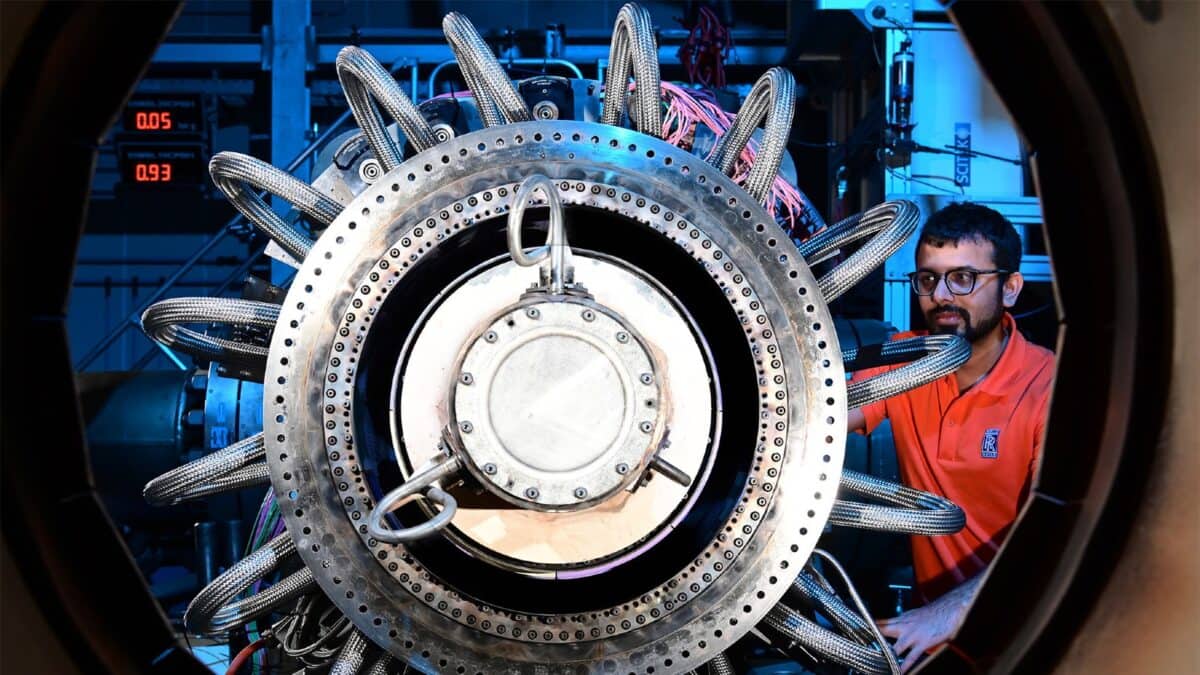The Rolls-Royce (LSE:RR) share price is up 179% over the last 12 months. But as engine flying hours recover to near their pre-pandemic levels, it might look as though the recovery is done.
I think that’s a mistake. In my view, there are still further catalysts that can boost the company’s profitability and help move the stock higher, even from this point.
Balance sheet
The first clear area for improvement I can see for the business is its balance sheet. Rolls-Royce has just under £6bn in total debt – up from £3.5bn in 2018.
Rolls-Royce Total Debt

Created at TradingView
A lot of that is due to the pandemic, where the firm had to borrow cash to stay in business. But even with air travel almost fully recovered, the effects are still weighing on the company’s profit margins.
Rolls-Royce is still paying out over twice as much interest as it did pre-Covid, the result of a much larger debt pile.
Rolls-Royce Interest Expense

Created at TradingView
In my view, this is still the biggest risk with the stock. Demand might have recovered from the pandemic, but the company’s balance sheet hasn’t.
Interest coverage
There are clear signs that Rolls-Royce is on the path to recovery though. This can be seen in the interest coverage ratio, which measures the firm’s operating income against its interest expense.
This number fell below zero when the business wasn’t generating a profit in the Covid years. But it’s started to improve and has reached 2.87 – implying the firm can cover its interest liabilities.
Rolls-Royce Interest Coverage

Created at TradingView
Importantly though, there’s still some way to go. An interest coverage ratio of 2.87 implies that 34% of operating income is going on interest, as opposed to 3.97 (which implies 25%) in 2017.
Bringing down the firm’s debt levels should allow it to keep more of the cash it generates, rather than using it to make interest payments. And this should be a positive for overall profitability.
Share count
Another area in which Rolls-Royce hasn’t fully recovered is its share count. This increased from 5.33bn to 8.35bn.
Rolls-Royce Shares Outstanding

Created at TradingView
Other things equal, this reduces earnings per share. There’s a big difference between having to divide profits across 5.33bn shares, compared to 8.35bn.
If the firm can use its excess cash to bring the share count back down though, earnings per share could receive a boost. In my view, this is clearly an area where things can get better for shareholders.
A rising share price might make this more of a challenge. But the point is that the business has a clear path to further growth in earnings per share.
Higher share price
Rolls-Royce shares currently trade at a price-to-earnings (P/E) ratio of around 15. To my mind, that’s particularly high, given the clear scope for earnings growth I think the company has.
As the business reduces its debt, I would expect interest payments to fall, causing profits to rise. From there, share buybacks could bring down the outstanding share count.
The Rolls-Royce share price has been on a mighty rally over the last year or so. But a look back at the company’s history indicates to me that it could have a long way to go.








